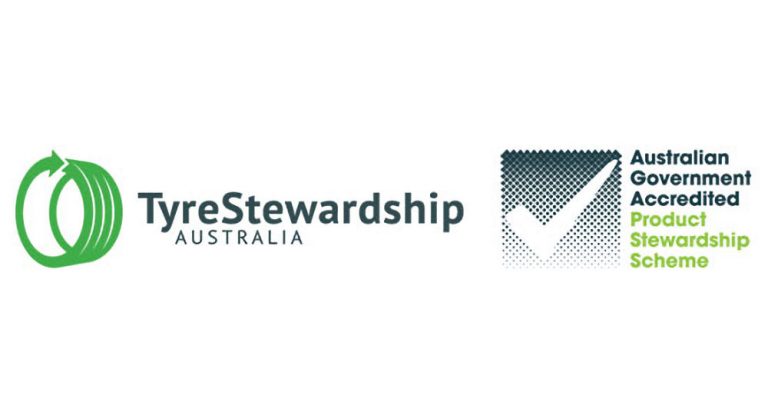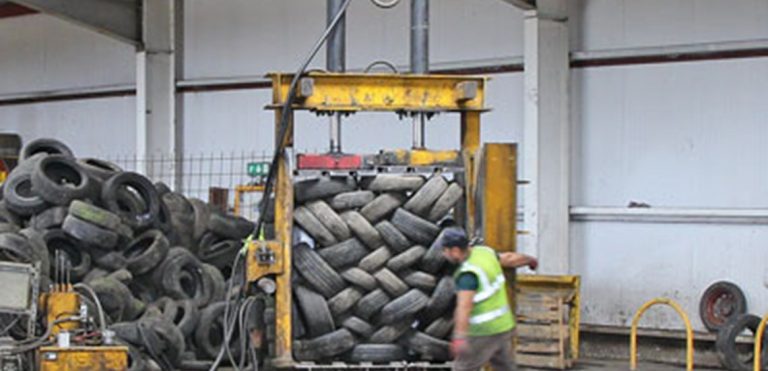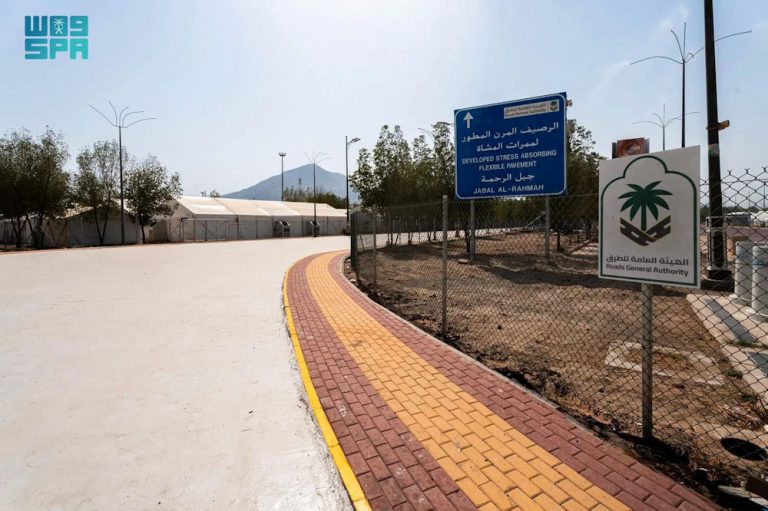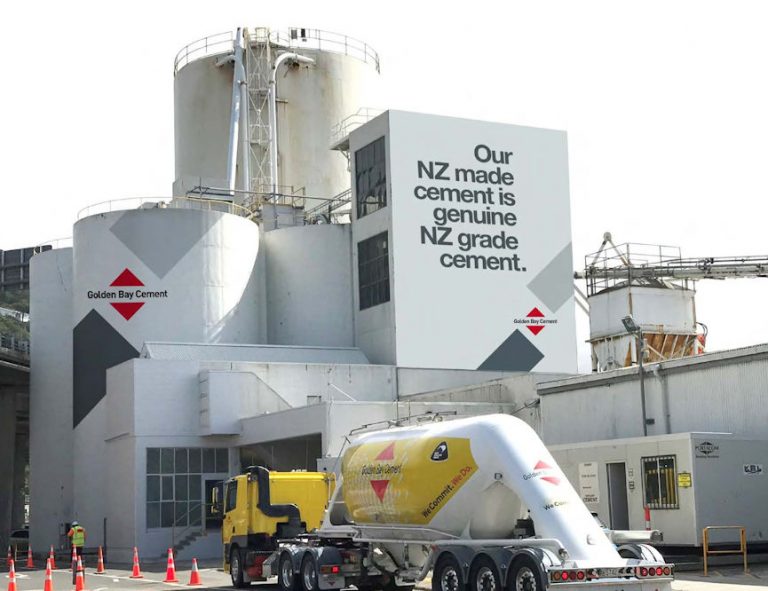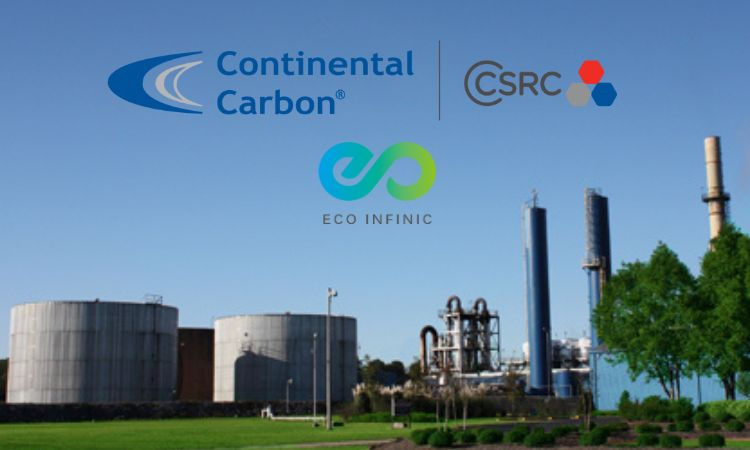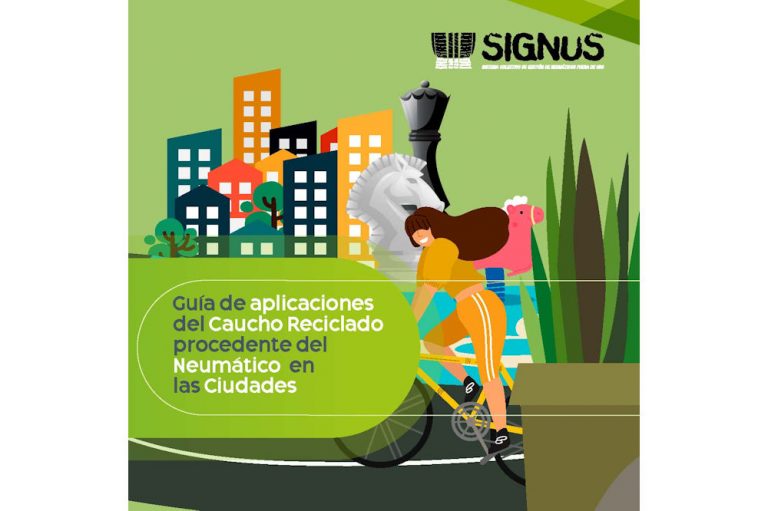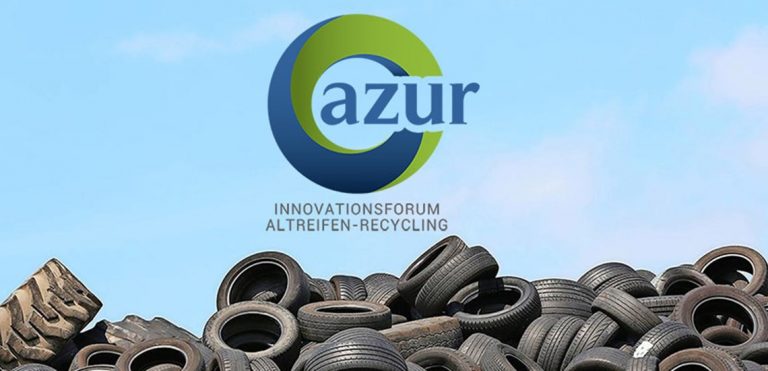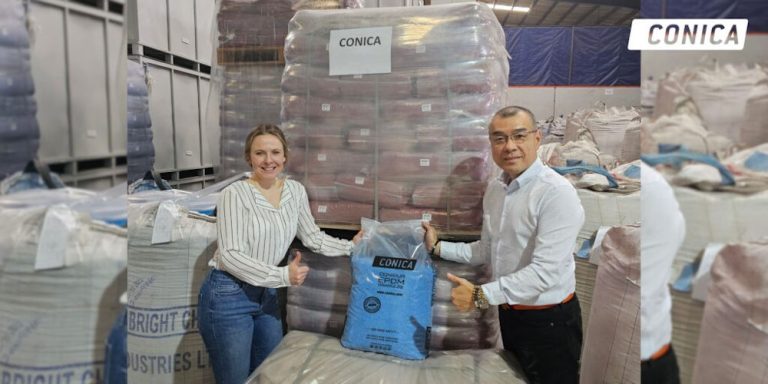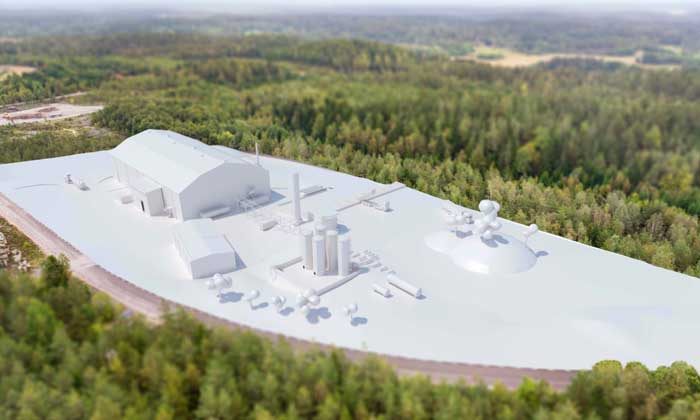The ACCC is proposing to grant authorisation for the Tyre Product Stewardship scheme to continue for a further 3 years
The Tyre Stewardship Australia (TSA) implemented scheme aims to increase the number of tyres being recycled and the use of tyre derived products in environmentally appropriate ways in Australia and overseas.
Since the ACCC first authorised the scheme in 2013, TSA has collected a levy from participating tyre importers and retailers and has directed over $9 million of funding to projects. TSA also raises awareness of the value of recycled tyres and the use of sustainable tyre-derived materials.
“Continuation of the scheme will lead to a reduction in the number of tyres being stockpiled, dumped in landfills or being burned for fuel in an environmentally unsustainable fashion. It will likely result in environmental, public health and safety benefits,” ACCC Deputy Chair Mick Keogh said.
“Reducing stockpiles of tyres also lowers the risk of illegal and unregulated fires, toxic gases and chemicals leaching into local environments as well as removing breeding grounds for pests such as mosquitos and other vermin.”
“This is a growing problem as the number of tyres reaching end of life each year in Australia has increased rapidly, from 143,000 tonnes in 2018-19 to 225,000 tonnes in 2022-23,” Mr Keogh said.
The ACCC notes TSA’s concern that the voluntary nature of the scheme limits its effectiveness. A number of companies who import or manufacture tyres or vehicles, or who sell tyres, have chosen not to participate. As have most mining companies, where their remote location significantly increases the cost of transporting end of life tyres to recycling facilities.
“The ACCC encourages TSA to consider ways to encourage greater involvement from all sectors of the industry, particularly mining companies, to take part in the scheme,” Mr Keogh said.
With the current authorisation to expire on 15 June, the ACCC has granted interim authorisation to allow the Scheme to continue while the ACCC completes its assessment.
The ACCC is seeking submissions in response to the draft determination by 28 June 2024 before making its final decision.

















